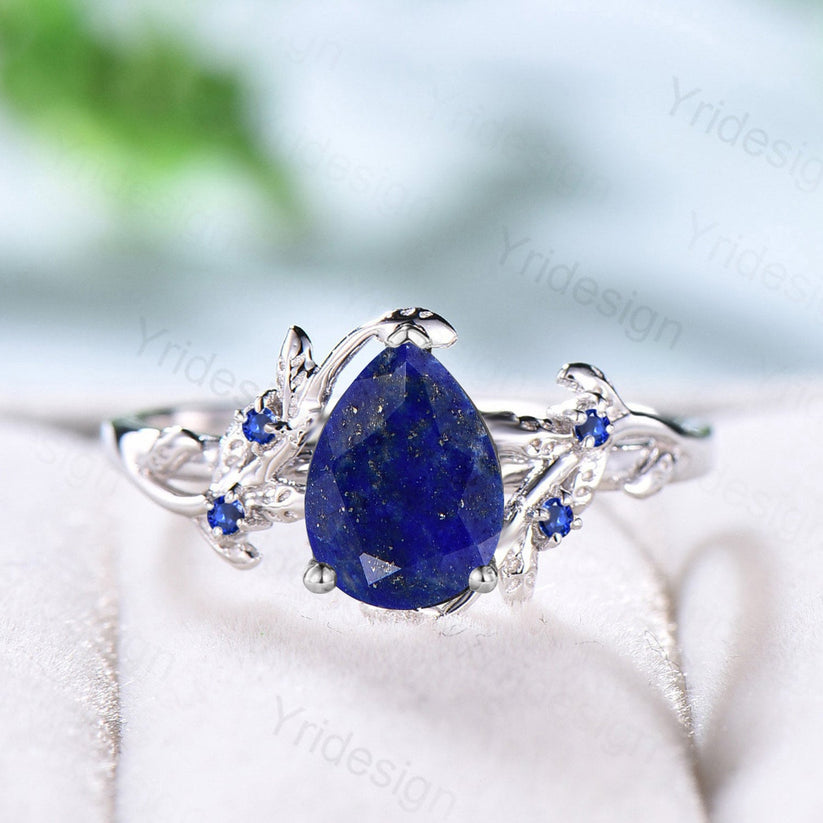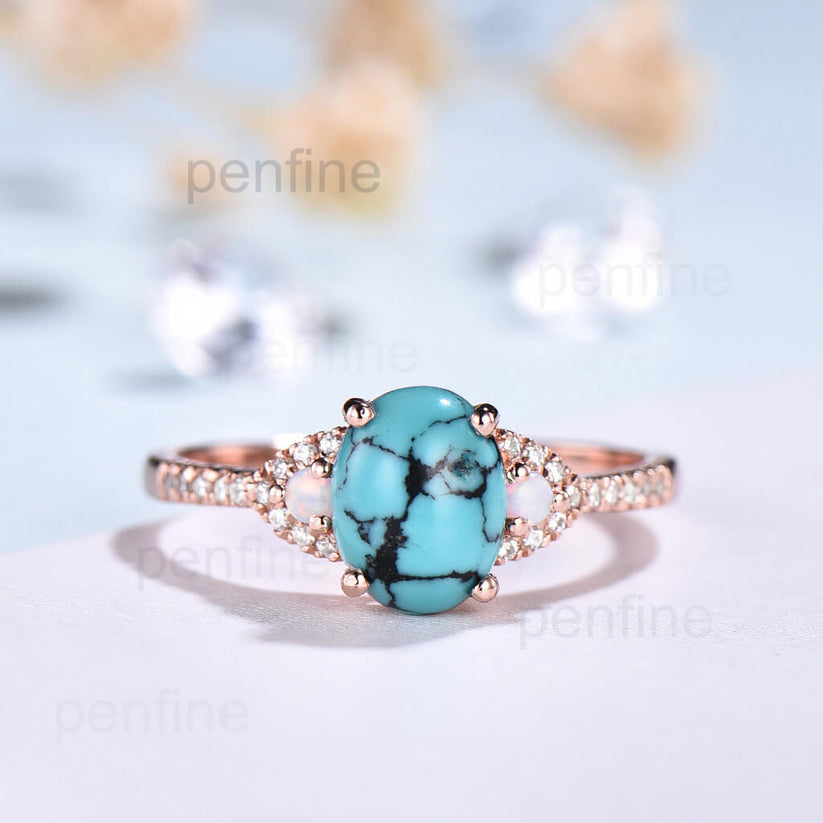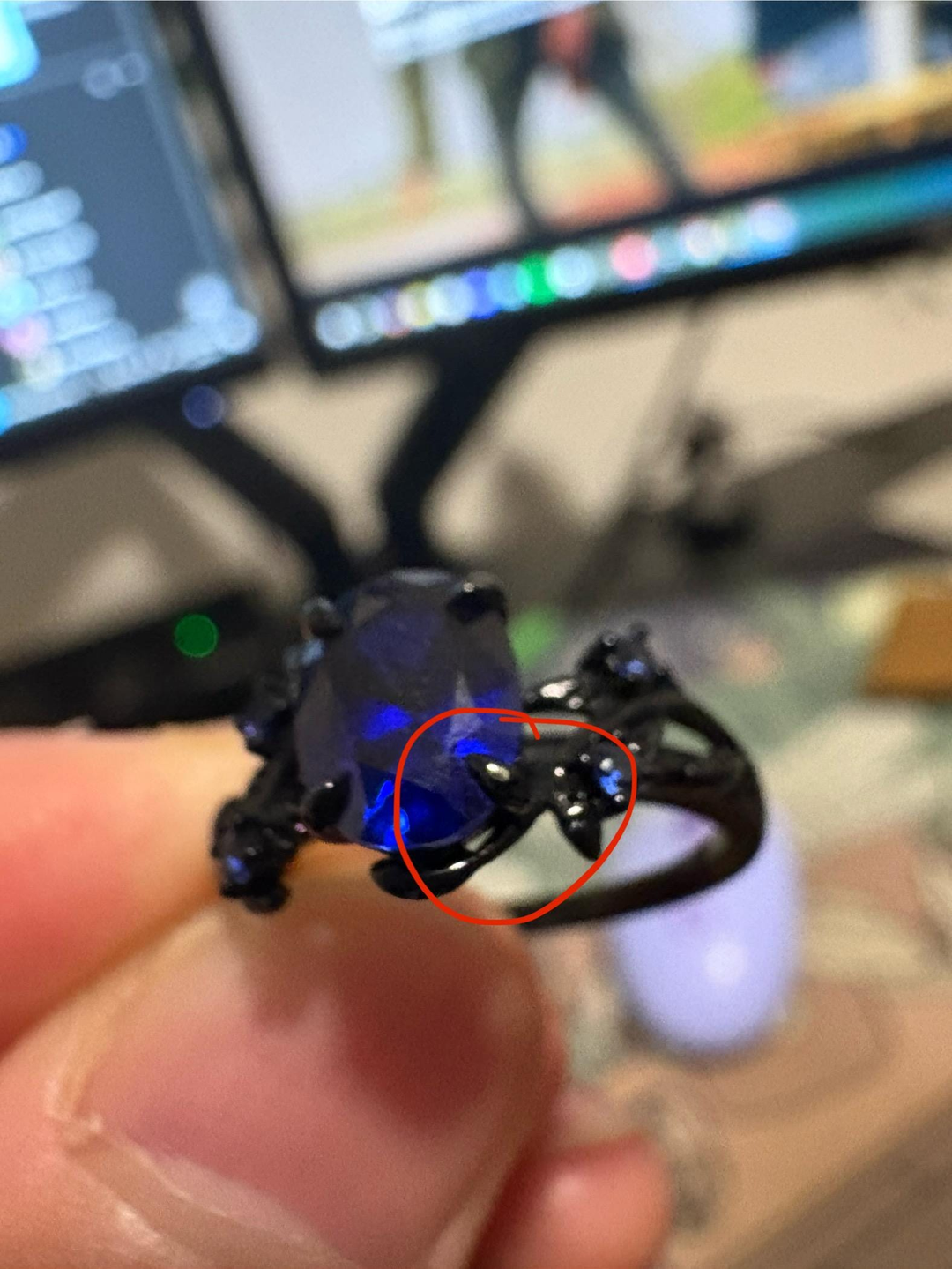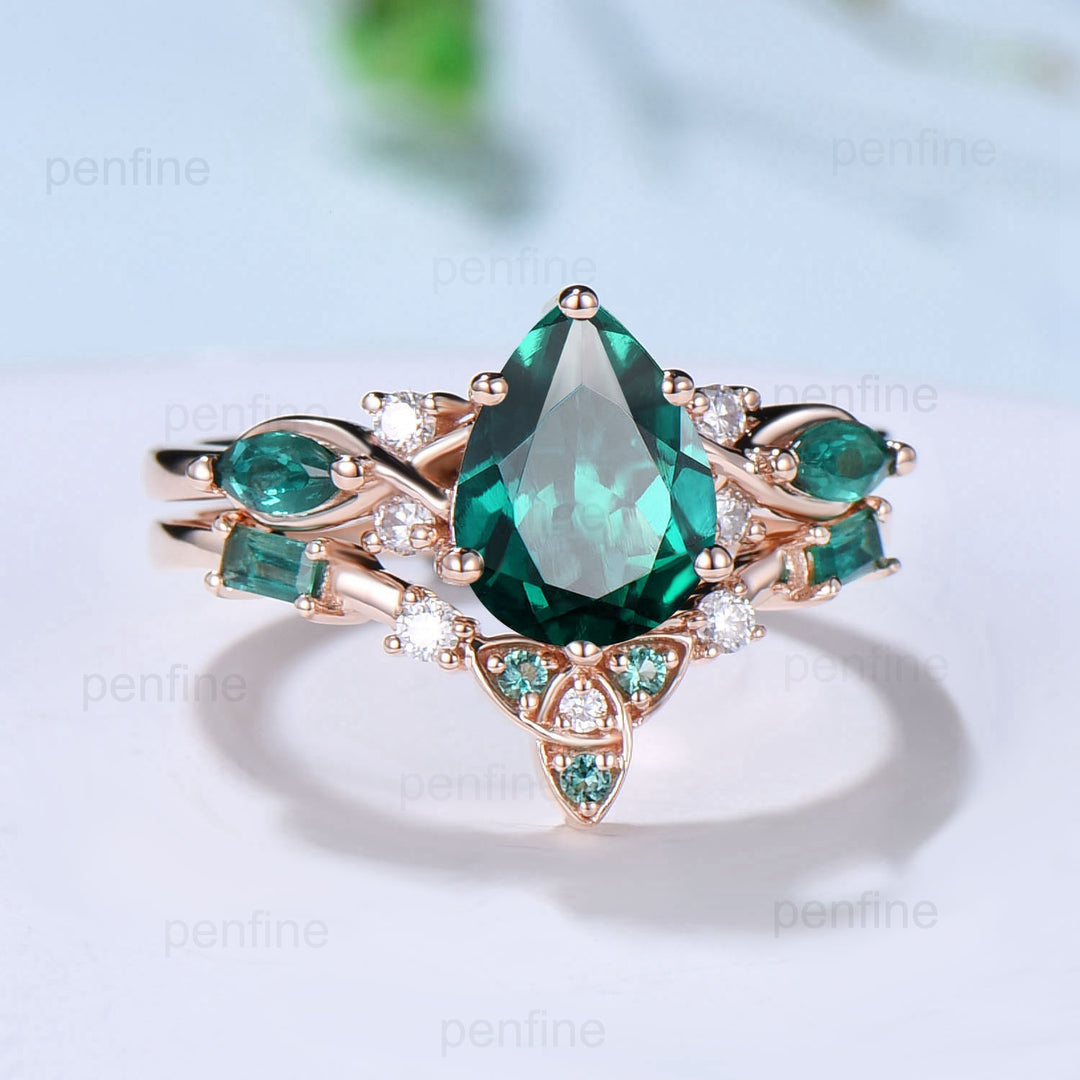Lapis Lazuli vs. Turquoise: A Tale of Two Blues
Lapis Lazuli and Turquoise stand as two of the oldest and most culturally significant blue gemstones known to humanity. Both have been revered since ancient times, not only for their captivating hues but also for their profound symbolic importance across various civilizations.
Lapis Lazuli, with its deep celestial blue speckled with golden pyrite, has been cherished since the days of the Egyptian pharaohs, symbolizing royalty and wisdom. It has been used in everything from jewelry to the pigments that adorned the finest art of antiquity.
Turquoise, with its unique spectrum of blue to green, has been equally esteemed, particularly in Native American and ancient Persian cultures, where it was regarded as a protector against evil and a bringer of good fortune. These gemstones have transcended time, maintaining their attractiveness and significance in contemporary culture, and continue to be sought after for their beauty and the rich histories they possess.
Historical Background
Lapis Lazuli has a rich history that traces back to ancient civilizations such as Egypt and Mesopotamia. Discovered in some of the oldest mines known to man, it was highly valued for its deep blue color and flecks of golden pyrite, and resembles the night sky. Egyptians used it in jewelry, headdresses, and famously in Tutankhamun's burial mask, while Mesopotamians decorated their ceremonial artifacts with it. Its significance extended beyond decorative qualities, as it was also ground into pigments for painting by artists across the ancient world.

Elegant Pear Shaped Lapis Lazuli Ring
Turquoise, revered for its sky-blue to green hues, has been an important cultural gemstone, especially within Native American and ancient Persian cultures. It was extensively mined in areas like present-day Iran and the southwestern United States. Native Americans believed turquoise possessed protective qualities, using it in ceremonial jewelry and as a talisman. In Persia, it was used on crowns and also used in elaborate jewelry, symbolizing heaven on earth due to its heavenly color. Both cultures treasured turquoise for its supposed spiritual power and beauty.

Vintage Turquoise Engagement Ring Opal Diamond
Cultural Significance
Lapis Lazuli has long been a symbol of wisdom and truth, revered in various cultures for its deep blue hue that suggests depth and intellect. In literature, it has been a metaphor for knowledge and enlightenment, while in art, its pigment, ultramarine, was used by Renaissance artists to convey importance and divinity. In many religious traditions, lapis lazuli is considered sacred, believed to bring spiritual insight and used to decorate religious artifacts.
While turquoise, with its sky-like color, has traditionally symbolized protection and healing. In Native American cultures, it's often used in rituals and ceremonies, believed to connect the physical and spiritual worlds. Turquoise is also a staple in traditional Southwestern jewelry, valued not only for its beauty but also for its supposed power to protect the wearer from harm. Across various cultures, it's been a talisman of good fortune and health, its calming color believed to bring peace and good energy to those who wear it.
Physical and Stylistic Characteristics
Lapis Lazuli is distinguished by its deep, celestial blue color, often interspersed with captivating flecks of golden pyrite that mimic a starry night. Traditionally, lapis lazuli is fashioned into cabochons or beads, emphasizing its natural beauty rather than brilliance. It's commonly set in silver or gold to complement its rich hue and is a staple in both statement pieces and subtle, elegant designs. In modern jewelry, it's often seen in necklaces, earrings, and large cocktail rings.
Turquoise, on the other hand, varies from shades of sky blue to earthy greens, often marked by characteristic veining or webbing patterns that add to its uniqueness. The stone is typically cut into smooth cabochons or polished beads to showcase its natural color and matrix. In contemporary jewelry, turquoise is a popular choice for Southwestern and bohemian styles, commonly set in silver and frequently used in necklaces, bracelets, and rings. Its versatility and earthy tones make it a favorite for both casual wear and more elaborate, ornate pieces.
Modern Uses and Popularity
Lapis Lazuli continues to be a sought-after gem in modern jewelry, renowned for its rich, deep blue hue. It's often paired with diamonds or pearls, creating a striking contrast that accentuates its royal blue color. Lapis lazuli is also popular in bohemian and artisanal jewelry, where it's combined with less traditional materials like leather or mixed metals. Its timeless elegance and bold color make it a favorite in contemporary fashion, often seen in statement necklaces, earrings, and cocktail rings. Additionally, its unique texture and color have inspired artists and designers, making it a frequent feature in modern art and high-fashion pieces.
Turquoise remains a staple in contemporary jewelry, particularly emblematic in Southwestern styles where it's often set in silver and paired with coral or wood. Its earthy tones and natural patterns lend themselves to both rustic and refined designs. Recently, turquoise has seen a resurgence in popularity, embraced in boho-chic fashion and everyday casual wear. It's versatility makes it equally suitable for elegant, sophisticated settings and more laid-back, casual designs, appealing to a wide range of tastes in the current fashion landscape.
Care and Maintenance
Caring for gemstones like Lapis Lazuli and Turquoise is crucial to preserve their natural beauty and longevity. Here are some essential tips for their upkeep:
Lapis Lazuli Care Tips
This gemstone is relatively soft and porous, making it susceptible to scratches and absorption of substances. To maintain its vibrant blue, avoid exposure to harsh chemicals, extreme temperatures, and prolonged sunlight. Clean lapis lazuli gently with a soft, damp cloth; avoid using ultrasonic cleaners or steamers. Store it separately to prevent scratches from harder stones. Periodically, a mild, soapy water wash can be used, followed by a thorough drying.
Turquoise Care Tips
Turquoise is also a soft gemstone and can be prone to scratches and chemical damage. Protect it from perfumes, cosmetics, and household cleaners. It's best to clean turquoise with a soft, dry cloth. As a porous stone, it should not be soaked in water or exposed to oils and grease. Ultrasonic cleaners are a no-go for turquoise. Store it separately in a fabric-lined box to prevent contact with harder materials that might scratch it.
For both stones, it's essential to put jewelry on after applying makeup, perfumes, and lotions to avoid chemical exposure. Regular check-ups with a professional jeweler can help maintain the settings and overall condition of your gemstone jewelry.
Conclusion
Lapis Lazuli and Turquoise, each with their distinct shades of blue, are not just gemstones; they are pieces of history, imbued with rich cultural significance and symbolism. Lapis Lazuli, with its deep celestial blue and golden pyrite specks, has been a symbol of wisdom and royalty fpr hundreds of years. Turquoise, ranging from sky blues to earthy greens, has long been regarded as a stone of protection and healing across many cultures. Their enduring attraction lies not only in their striking beauty but also in the stories and traditions they carry.
As you choose between these ancient treasures, remember that you are not just selecting a piece of jewelry, but a fragment of history. Each stone, whether it be the starry night encapsulated in Lapis Lazuli or the protective spirit of Turquoise, brings with it a legacy of human belief and artistic expression.




